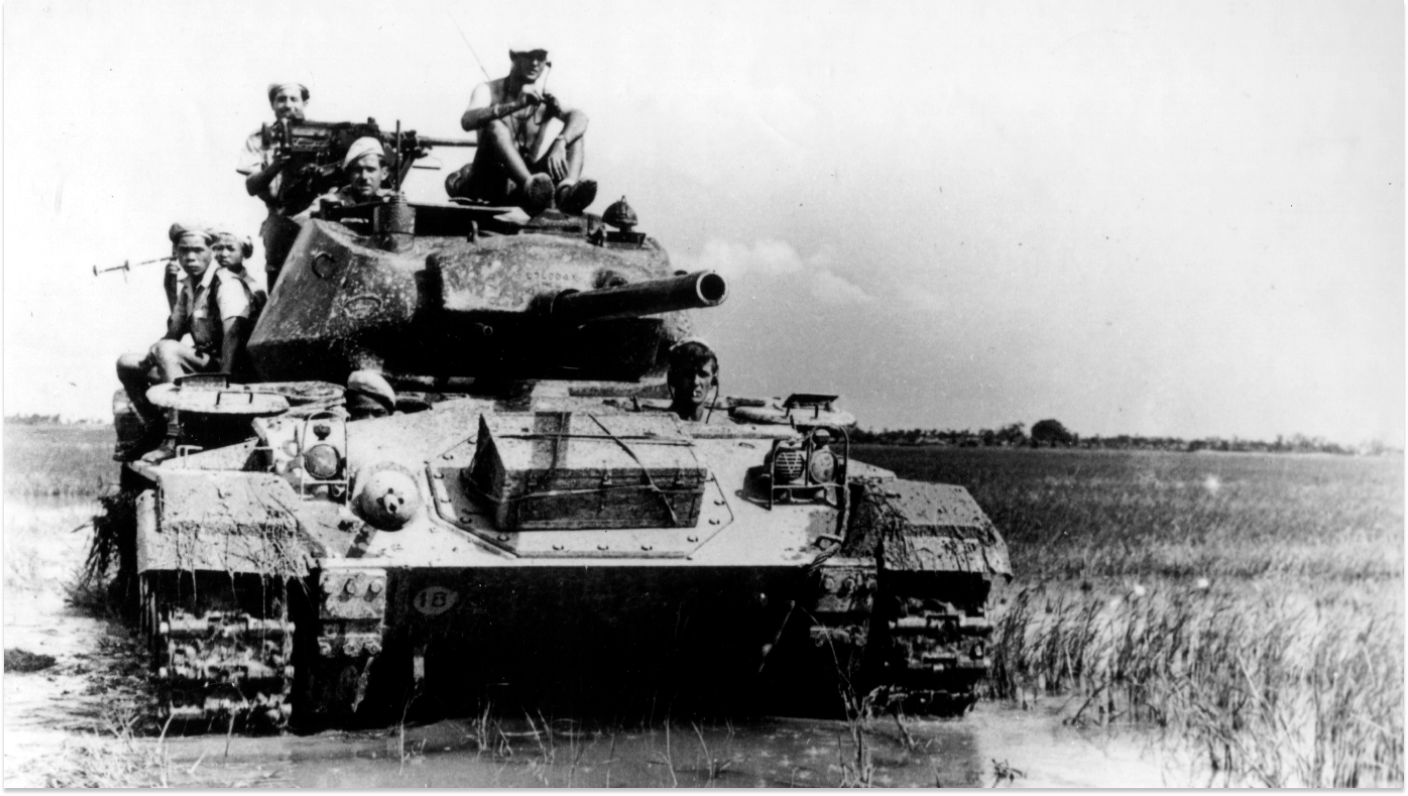As ANZAC Day approaches, we honour the bravery of those who served. But did you know that some of the tech in your car has roots in wartime innovations? Let's explore how military advancements have shaped the vehicles we drive today.
Hemi Engines: From fighter Planes to muscle cars
During World War II, Chrysler developed powerful engines for fighter aircraft, featuring hemispherical combustion chambers. This design enhanced airflow and combustion efficiency. Post-war, this technology was adapted for cars, leading to the iconic Hemi V8 engines known for their performance.

Automatic Transmissions: Tanks paved the way
The Hydra-Matic, introduced by General Motors in 1939, was the first mass-produced automatic transmission. During WWII, it was adapted for use in tanks like the M24 Chaffee, simplifying gear shifts under combat conditions. After the war, this technology made its way into civilian vehicles, making driving more accessible.
Power Steering: Maneuvering made easy
Wartime vehicles were heavy and challenging to steer. To address this, hydraulic power steering systems were developed, notably by engineer Francis W. Davis. These systems were first used in military vehicles and later introduced to civilian cars, with the Chrysler 1951 Imperial (see main photo) being among the first to feature power steering. (Wikipedia)

Fuel Injection: Precision from the skies
High-performance aircraft during WWII, like the German Messerschmitt Bf 109, utilised fuel injection systems for better engine performance at high altitudes. This technology eventually transitioned to automobiles, offering improved fuel efficiency and engine performance.
Superchargers: Boosting performance
To address the challenges of thin air at high altitudes, WWII aircraft employed superchargers to boost engine power. The success of superchargers in aviation led to their adoption in high-performance cars, enhancing acceleration and overall engine output.
Night Vision: From battlefield to boulevard
Infrared technology developed for military use during conflicts like Operation Desert Storm found its way into civilian vehicles. In 2000, Cadillac introduced a night vision system in its DeVille model, allowing drivers to detect obstacles beyond the reach of standard headlights, thereby improving nighttime driving safety.
Final thoughts
Wartime challenges have often accelerated technological advancements, many of which have found their way into our daily lives. As we commemorate ANZAC Day, it's worth acknowledging not only the bravery of those who served but also the enduring impact of wartime innovations on our everyday experiences.
Lest we forget.
